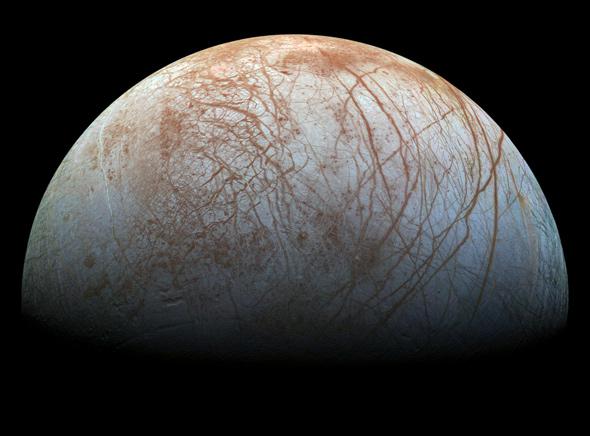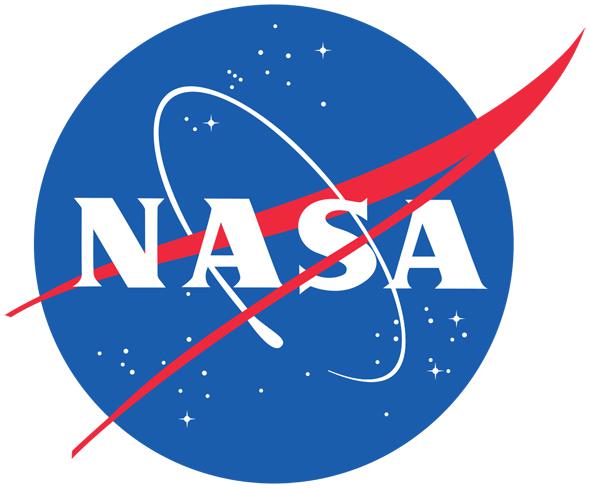NASA and the White House have announced their proposed budget request for the fiscal year of 2017 (the government year starting Oct. 1). As usual, there’s good news and bad news.
First, let me be clear: This is not NASA’s actual budget. Every year, the space agency gets together with the president’s staf,f and they hammer out a budget based on what they want to do. Usually there are some guiding principles, like beefing up commercial spaceflight, getting back to the Moon or going to Mars, things like that.
In the meantime, in Congress, the House works out its own separate budget for NASA (and everything else in the federal government). Once approved in committee, it goes to the floor for approval by all the representatives, and then that version of the budget bill goes to the Senate. They then work out their own version, both sides of Congress hammer out their compromises, and then finally, they present that to the president as part of the federal budget to approve or deny.
Got it? So the budget we’re hearing about now from NASA is just a request to Congress and will very likely undergo changes, some big and many small. But change it will.
Also, all of this is a bit of a hot take from me, a quick look first impression of what’s what. As time goes on we’ll get more of a sense of what these numbers mean … and what Congress is likely to say about them (for another take on all this, see my Alan Boyle’s summary at GeekWire, Casey Dreier’s at the Planetary Society and also Jeff Foust’s at SpaceNews).
So, given all that, what have we got? Let’s look at the biggies first.

NASA/MSFC
Overall, the budget requested totals slightly more than $19 billion. That’s down from last year’s enacted budget of just less than $19.3 billion but is also the highest request the president has ever made. So yay? Kinda? As always, I’d like to see NASA’s budget doubled. Remember as you read everything below, NASA’s budget is less than 1 percent of the federal budget. That’s a good thing to bear in mind.
Space Launch System, or SLS, is the heavy lift launch rocket NASA is developing, and Orion is the capsule being developed with it that will carry humans into space. The requests for the two this year are $1.31 billion and $1.12 billion respectively. This can be compared with what was actually enacted for them last year: $2 billion, and $1.27 billion. That means the request is far less than last year’s funding, down by $690 and $150 million.
Personally, I am no fan of SLS. I’ve written about this many times; I don’t think this rocket is really needed, and it costs so much that very little money will be left over in NASA’s budget to actually do anything with it after it’s built (it’s like buying a car so expensive you can’t afford groceries).
However the Senate is very pro-SLS (some joke it’s actually the Senate Launch System). Last year, the requested budget from the president for SLS was $1.36 billion, and Congress added $650 million to it! So I expect this request, like last year’s, will be heavily modified (added to) by Congress. This past year, Orion was actually funded at a higher amount than last year’s request as well.
Commercial Crew and Cargo (the part that funds companies like SpaceX and Boeing to take supplies and humans into space) gets a total of about $2.76 billion. The crew funding is down a bit from last year, but it looks like overall this will be a robust amount to fund these companies (the Commercial Spaceflight Federation agrees). I’m all for this; we rely on Russians right now to get our astronauts up to the International Space Station, and that is a terrible situation to be in. Commercial Crew gets mixed support in Congress; some Congress critters support it strongly, while others do everything they can to slow it down and feed more to SLS.
As for science, that’s hit and miss. Astrophysics got a bump of $51 million over last year to $781 million, which is nice (the James Webb Space Telescope got less funding than last year, but that’s part of the planned-for needs of the mission; less money is needed next year than for the previous year). Heliophysics (studying the Sun) got a bump of just under $50 million to almost $700 million, so that’s good too.
Bizarrely, planetary science got slashed again by the White House. It drops from $1.63 billion to $1.52 billion, a cut of over $110 million. Mind you, this is the division that produced the successful flyby of Pluto last year. You may remember that. It’s a bona fide mystery why, year after year, the president’s request continues to try to cut what’s arguably the most successful part of NASA, both scientifically and in the public eye. My only hope is that, as they have done in previous years, Congress steps in and puts that number back to where it should be.

NASA/JPL-Caltech/SETI Institute
Incidentally, as Casey Dreier at the Planetary Society points out, a lot of this cut goes into the budget for the Europa mission (to Jupiter’s icy moon that has an ocean of water under its surface). It’s looking like the White House wants to fund an orbiter, but Congress has been clear on wanting a more expensive lander mission (I do too, duh). It’s not clear what rocket will be used there either; the Senate will want to use SLS, of course, while the president will want the Atlas V. I have my doubts that relying on SLS, a rocket that won’t be useable for nearly a decade, is a good bet. However, it would be able to launch a much more ambitious Europa mission and get it to Jupiter faster. So, I’m conflicted here and have no obvious resolution to this mess (unless SpaceX gets their Falcon Heavy operating soon).
Earth science gets a boost this year in the request, up more than $110 million from last year, to just more than $2 billion. I wonder what will happen there when this gets to Congress? The total number may stay about the same (it did last year), but I would bet funding will be rearranged by Congress, since Earth science covers missions that study climate change. We know how the GOP-controlled Congress feels about that.
While Sen. Ted Cruz, R-Texas, doesn’t directly control NASA money, he can influence what NASA does; mind you he is running for president under the banner of cutting government spending. He also has been beating the drums hard to promote his anti-science agenda. His counterparts in the House feel the same way, so I’m fairly confident this part of the budget will see some changes.
And maddeningly, NASA’s education arm suffers another big cut in this request, from $115 million enacted last year to $100 million. Madness. For some reason, the president’s office has been slashing this part of the budget year after year, and that’s just a terrible idea. Plain and simple. I worked in the education community using NASA funds for several years, and I saw first hand how much of an impact it had. NASA’s outreach efforts are part of why people correctly think of NASA as the shining example of humanity’s vision of exploration. Cutting that effort makes zero sense.
So for now, there we go. Again, these are some quick looks with my opinion added; I reserve the right to modify my opinions as more facts come in. We’ll see.
And again, remember how tiny a fraction of the federal budget NASA gets. Imagine if, instead of squabbling over pennies, we funded our space exploration at the level that it actually needs. What wonders would we see, what benefits would be reaped on Earth, how could we add to our compendium of knowledge about the Universe?
Per politicus, ad astra.
